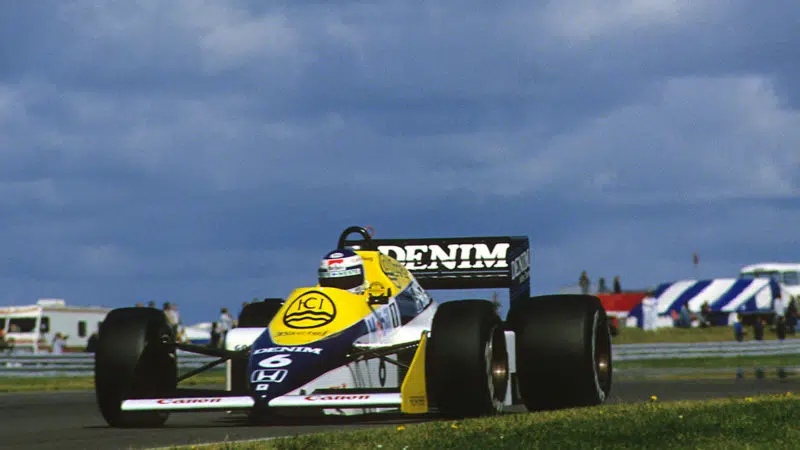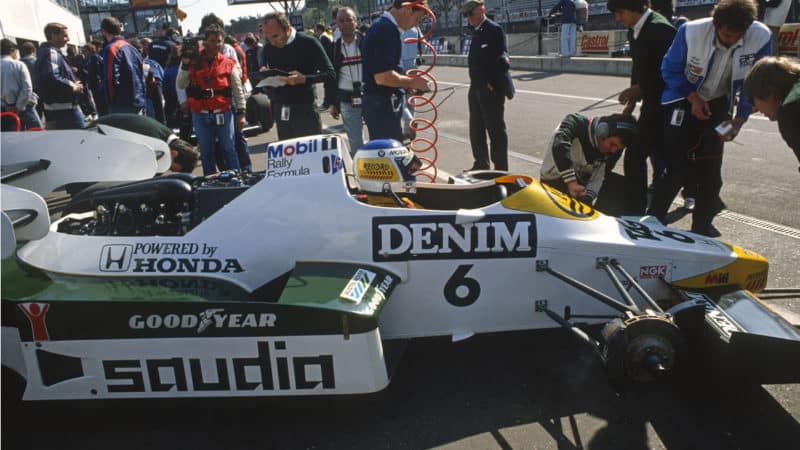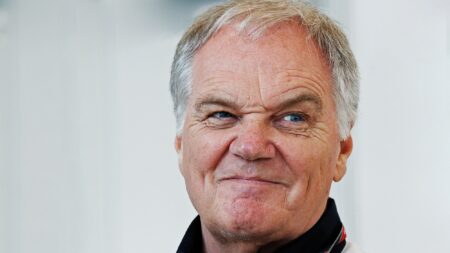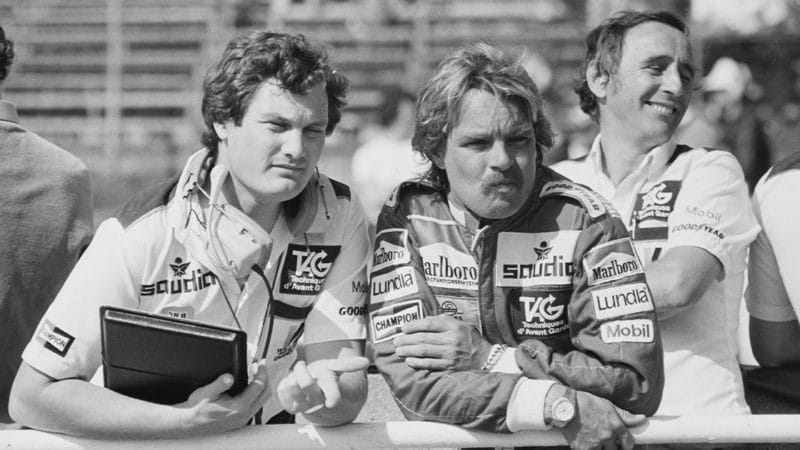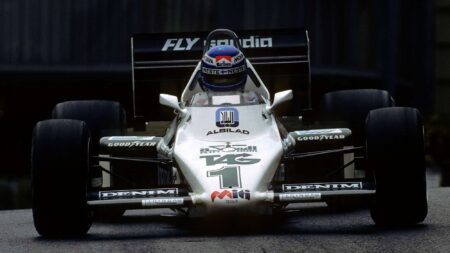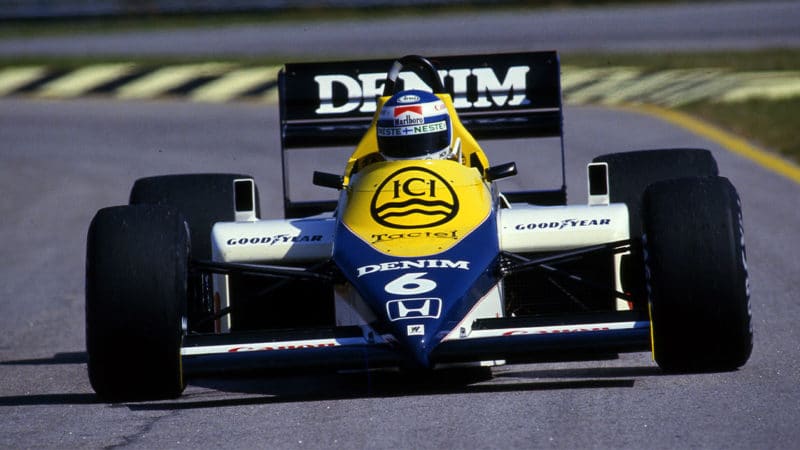“Honda had a super high reputation, an ‘amazement factor’. So it was sort of assumed that the engine was good, and therefore if we weren’t quick then the problem was the car.
“We accepted that and just assumed that we got a lot of understeer, with some other things to fix.”
After the team laboured through 1984, its new recruit from Lotus-Renault, Nigel Mansell, inadvertently brought about a revelatory moment for the then-Didcot outfit.
“When Nigel drove the FW09B at the end of ’84 at Donington, he came in and said ‘Ah the car’s much better than I expected, but I haven’t got any boost.’
“So they checked the engine over and it was running a perfectly normal amount of boost. We found that we had been racing about 0.6 of a bar less than Renault – which is about 180bhp!
“The engine also had phenomenal lag, which we hadn’t been aware of – we didn’t know what lag to expect from a turbo engine.
“To cut a long story short, the new engine, which was the ‘B’ engine for ’85, was phenomenal.”
Honda’s new monster had an incredible 200bhp more than its predecessor, and all of a sudden, Williams was in business. They say there’s no silver bullet in racing, but as Dernie describes, this time the team wasn’t far off.
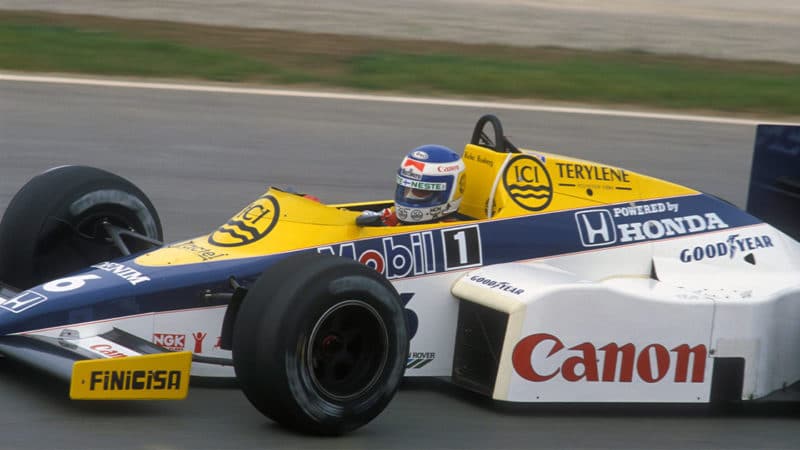
Improved Honda power unit transformed Williams fortunes
Grand Prix Photo
“Though it sadly wasn’t quite as reliable as it needed to be, it had basically fixed all the performance faults of that previous engine. The throttle lag was much less, it was very powerful.
“We used an old FW09 chassis to develop the new engine whilst we also worked on the FW10 car at the same time, and sure enough, all the handling problems with the former car weren’t there anymore.
“The problems, literally all of them, were due to the old engine. With the lag it had, if you set it up not to spin when the power came in it, it had massive understeer.
“If you set it up to have a nice balance turning into the corner, as soon as the power came in like a rocket – some time after pressing the throttle – you couldn’t control the oversteer.
